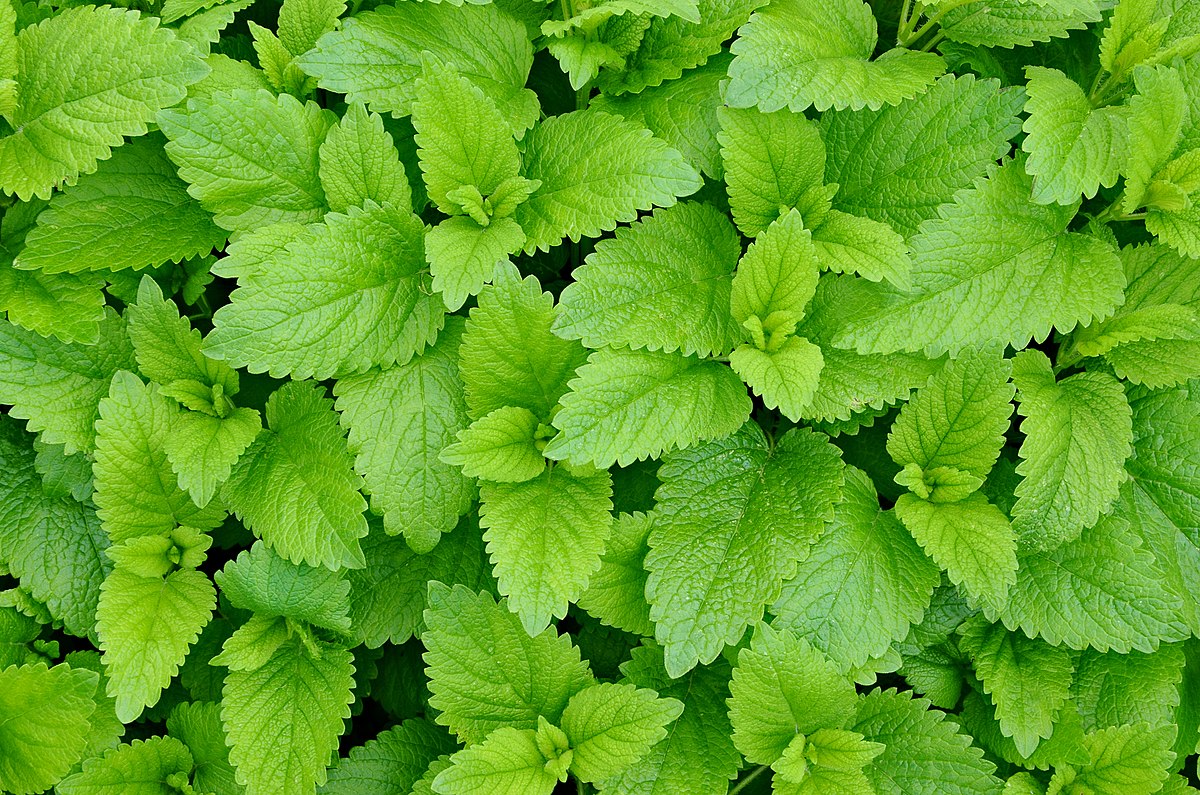Is Chlorophyll Soluble in Water?
Chlorophyll is a green pigment found in plants that is essential for photosynthesis. It plays a crucial role in capturing light energy from the sun and converting it into chemical energy that plants can use to grow and thrive. But one question that many people ask is, "Is chlorophyll soluble in water?" In this article, we will explore this question in detail and provide you with a comprehensive guide to the solubility of chlorophyll.
What is Chlorophyll?
Before we dive into the solubility of chlorophyll, let's take a moment to understand what it is and what it does. Chlorophyll is a green pigment found in the chloroplasts of plant cells. It is responsible for absorbing light energy from the sun and converting it into chemical energy through a process called photosynthesis.
Chlorophyll is a complex molecule that is made up of several parts, including a central magnesium ion and a long hydrocarbon tail. The magnesium ion is what gives chlorophyll its green color and is responsible for its ability to absorb light energy.

Is Chlorophyll Soluble in Water?
The short answer to this question is yes, chlorophyll is soluble in water. However, the degree of solubility depends on several factors, including the type of chlorophyll and the temperature and pH of the water.
There are several different types of chlorophyll, including chlorophyll a, chlorophyll b, and chlorophyll c. Chlorophyll a is the most common type and is found in all green plants. Chlorophyll b is found in higher plants and green algae, while chlorophyll c is found in some algae and diatoms.
Chlorophyll a is highly soluble in water and can be easily extracted from plant cells using solvents such as acetone or ethanol. Chlorophyll b and chlorophyll c are less soluble in water and may require more specialized extraction methods.
The solubility of chlorophyll in water is also affected by temperature and pH. Chlorophyll is most soluble in water at room temperature (around 25°C). At higher temperatures, chlorophyll may start to break down and become less soluble. Similarly, at very low or very high pH levels, chlorophyll may become less soluble and may even start to break down.
How to Extract Chlorophyll from Plants
If you're interested in extracting chlorophyll from plants, there are several methods you can use. The most common method is to use a solvent such as acetone or ethanol to dissolve the chlorophyll and other pigments from the plant cells.
Here's a simple method for extracting chlorophyll from spinach leaves:
1. Wash a handful of spinach leaves and dry them thoroughly.
2. Place the spinach leaves in a blender and blend them until they are finely chopped.
3. Add a small amount of acetone or ethanol to the blender and blend the spinach leaves again until the chlorophyll and other pigments are dissolved.
4. Strain the mixture through a coffee filter to remove any solids.
5. The resulting liquid should be a bright green color and contain the extracted chlorophyll.

Uses of Chlorophyll
Chlorophyll is a versatile molecule with several uses in various industries. It is a natural green food coloring agent, a nutritional supplement, and an ingredient in skincare products. It is also used in wound healing, oral hygiene, and agriculture. Chlorophyll is a fascinating molecule that has been studied for centuries, and we are still uncovering new uses and benefits for this essential pigment.
Chlorophyll has several uses in various industries, including food, cosmetics, and medicine. Here are some of the most common uses of chlorophyll:
Food Coloring
Chlorophyll is a natural green food coloring agent that is commonly used in the food industry. It is used to give products such as candy, chewing gum, and ice cream a green color. Because it is a natural colorant, it is often preferred over artificial colorants that may have negative health effects.
Nutritional Supplements
Chlorophyll is also available as a nutritional supplement in the form of tablets, capsules, and powders. It is believed to have several health benefits, including detoxifying the body, boosting immunity, and improving digestion. Chlorophyll supplements are often marketed as a natural way to improve overall health and well-being.
Skincare Products
Chlorophyll is used in various skincare products due to its antioxidant and anti-inflammatory properties. It is believed to help protect the skin from damage caused by free radicals and UV radiation. It is also thought to have anti-aging properties and can help reduce the appearance of wrinkles and fine lines.
Wound Healing
Chlorophyll has been used for wound healing since ancient times. It is believed to help reduce inflammation and promote the growth of new tissue. Chlorophyll-based wound dressings are often used in hospitals to treat burns and other types of skin injuries.
Bad Breath
Chlorophyll is also believed to help combat bad breath. It is often added to mouthwashes and other oral hygiene products to help neutralize the odor-causing bacteria in the mouth.
Agriculture
Chlorophyll plays a crucial role in agriculture. It is responsible for capturing light energy from the sun and converting it into chemical energy that plants can use to grow and thrive. Farmers often use chlorophyll supplements to help improve plant growth and increase crop yields.
Laboratory Research
Chlorophyll is used extensively in laboratory research to study photosynthesis and other biological processes. Researchers often use chlorophyll as a marker to help identify plant cells and tissues.
![]()
How To Make Chlorophyll Water
Chlorophyll water is a trendy new health drink that is believed to have several health benefits, including detoxifying the body, boosting immunity, and improving digestion. If you're interested in trying chlorophyll water, here's a simple recipe to make it at home:
Ingredients:
1 tablespoon liquid chlorophyll;
8-10 ounces of water;
Optional: lemon juice, honey, or other natural sweeteners for flavor.
Instructions:
1. Add 1 tablespoon of liquid chlorophyll to a glass or water bottle.
2. Fill the glass or bottle with 8-10 ounces of water. You can adjust the amount of water based on your personal preference for the strength of the chlorophyll water.
3. If desired, add a squeeze of lemon juice, honey, or other natural sweeteners to flavor the water.
4. Stir the mixture well until the chlorophyll is completely dissolved.
5. Enjoy your chlorophyll water!
Tips:
Liquid chlorophyll is the easiest form of chlorophyll to use for making chlorophyll water. You can find liquid chlorophyll at most health food stores or online.
You can also use chlorophyll powder or chlorophyll tablets to make chlorophyll water. Simply dissolve the powder or tablets in water according to the instructions on the packaging.
Chlorophyll water can be consumed daily as part of a healthy diet. It is best consumed on an empty stomach in the morning or before meals.
Store your chlorophyll water in a sealed container in the refrigerator to keep it fresh. It should last for up to 3 days. Shake well before drinking.
Chlorophyll Benefits
Chlorophyll is a green pigment found in plants that plays a crucial role in photosynthesis. It has several health benefits, including:
1. Detoxification
Chlorophyll is believed to help detoxify the body by removing harmful toxins and heavy metals. It can bind to toxins and prevent them from being absorbed into the bloodstream.
2. Antioxidant properties
Chlorophyll has powerful antioxidant properties that can help protect the body from damage caused by free radicals. Free radicals are unstable molecules that can cause cellular damage and contribute to the development of diseases such as cancer and heart disease.
3. Anti-inflammatory properties
Chlorophyll has been shown to have anti-inflammatory properties that can help reduce inflammation throughout the body. Chronic inflammation is linked to several diseases, including arthritis, heart disease, and cancer.
4. Boosts Immunity
Chlorophyll has been shown to stimulate the immune system by increasing the production of white blood cells. This can help improve the body's ability to fight off infections and other diseases.
5. Improves Digestion
Chlorophyll can help improve digestion by increasing the production of digestive enzymes and improving gut health. It can also help reduce constipation and other digestive issues.
6. Wound Healing
Chlorophyll has been used for wound healing since ancient times. It is believed to help reduce inflammation and promote the growth of new tissue. Chlorophyll-based wound dressings are often used in hospitals to treat burns and other types of skin injuries.
7. Promotes Healthy Skin
Chlorophyll is used in various skincare products due to its antioxidant and anti-inflammatory properties. It is believed to help protect the skin from damage caused by free radicals and UV radiation. It is also thought to have anti-aging properties and can help reduce the appearance of wrinkles and fine lines.
8. Regulates Blood Sugar
Chlorophyll may help regulate blood sugar levels by slowing down the absorption of glucose in the bloodstream. This can be particularly beneficial for people with diabetes or those at risk of developing diabetes.
In conclusion, chlorophyll has several health benefits that can improve overall health and well-being. It can help detoxify the body, boost immunity, improve digestion, promote healthy skin, and much more. Chlorophyll supplements are widely available and can be easily incorporated into a healthy diet.
The chlorophyll powder bulk adds this branded ingredient to your final product. Email: info@yanggebiotech.com
References:https://www.webmd.com/diet/health-benefits-chlorophyll
https://www.quora.com/Is-chlorophyll-water-soluble-Why-or-why-not
https://www.toppr.com/ask/en-sg/question/chlorophyll-is-soluble-in/
https://lpi.oregonstate.edu/mic/dietary-factors/phytochemicals/chlorophyll-metallo-chlorophyll-derivatives
https://www.healthline.com/health/liquid-chlorophyll-benefits-risks
https://www.verywellhealth.com/chlorophyll-5088796
https://www.health.com/chlorophyll-7095538
Send Inquiry
Related Industry Knowledge
- what is the difference between blue and green spirulina powder?
- Discover the Benefits of Berberine Powder for Health
- NMN Powder: A Must-Have for Your Wellness Routine
- Creatine Monohydrate: A Key to Faster Muscle Recovery
- Where to buy soy lecithin?
- Is Buying Spirulina Powder in China Safe?
- Borage oil
- Is Mushroom Supplement for Weight Loss Effective
- When Is The Best Time To Drink Kombucha?
- Bakuchiol: Nature's Gentle Retinol Alternative


